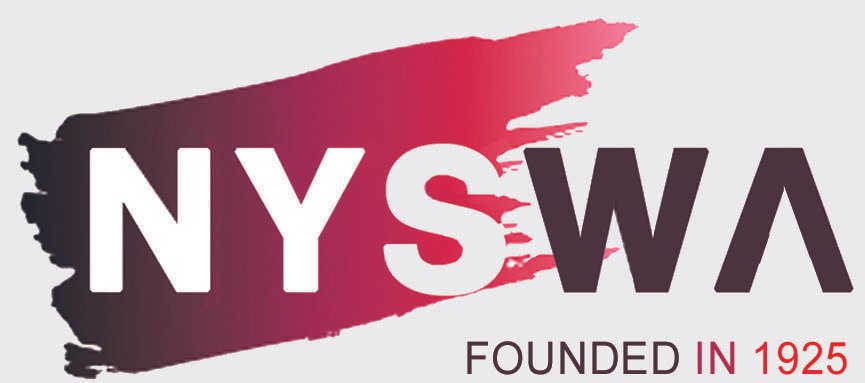Sheila Kriemelman
STORY
I am a painter. It is what I do. It is who I am. It is one of the principle ways I give meaning to my life.
The creative process is a risk-taking, decision-making, step-by-step, process that can be challenging, frustrating, agonizing, discouraging but exhilarating as well. It is the process of becoming.
When it works, when I can see what I’ve meant to say, I feel satiated.
The monetary reward may be great or small. The real value is to myself. Vincent Van Gogh said that when he was creating, he felt more like himself! When I am painting, I feel more like myself.
I paint to show you how I feel. If I love you, if you move me, I can make a visual statement about how I feel about you. I am making a gift of myself. I can pay you no greater tribute. If I am outraged by a system, or if I am appalled by man’s inhumanity to man, I can express it in my work. My feelings are purged when the work is finished. The value is principally for myself. If the viewer responds to one of my paintings, if he/she feels something, if they are moved, then that is a fringe benefit.
My most challenging and rewarding project was a five-year Holocaust project called Dachau 1933-1945 motivated by a visit to the Dachau death. The project began with a trip to Germany to do “Roots work” on my husband’s father and ended up taking me back to my roots in Hawaii where I was born and raised. The work has been in many invitational solo and group exhibitions over the years in museums, colleges, high schools, and Holocaust Centers in New York, Washington DC, Los Angeles and on Oahu and Maui, Hawaii. I was honored and sometimes moved to tears when many Holocaust survivors came up to me at receptions and thanked me for creating the work. The work gives witness to the Jews, Gypsies, anti-Nazi clergymen, homosexuals, women and children and anyone who opposed the regime, including the arbitrary killings and mass executions, along with the SS doctors’ pseudo-scientific experiments that resulted in the continual extermination of prisoners at Dachau.
In 1995 I was invited to have a solo show in the Koa Gallery in Honolulu to celebrate the 50th anniversary of the end of WWII. The project not only gives witness to the prisoners who were tortured and killed in the death camp, but also the survivors, the rescuers, and the liberators of Dachau, which included American soldiers of Japanese ancestry, from Hawaii, who were part of the 522 and Artillery Battalion of the 100/442 and Regimental Combat Team. I was able to meet four of the men who were boys in the archival photographs that inspired the paintings, prints and drawings that were that part of that series of the project. One of them lived in Los Angeles and three of them lived on Oahu, where I was born and raised. One of them knew my father. Little is known about these brave boys who volunteered to serve their country, before Hawaii was awarded statehood in 1959. The 552, 442 and Nisei unit is the most highly decorated military unit in the history of United States military history.
Most the “AJA paintings” in the project remain in Hawaii with individual collectors and in the collection of the Honolulu Academy of Fine Art, and the Jewish Arts and Education Council in Wailuku, Maui. I am still asked to exhibit the work in bits and pieces all over the United States and present slide/ lectures about the project. As an educator it became clear to me early on that my work was created not only to give witness to the horrific reality of the Holocaust but that I was on a mission to educate, particularly young people about the reality of the Holocaust, and dispel the horrific lies of the deniers who claim that it never happened.
In the final analysis, the motivation to paint, for me, has everything to do with feelings: the inspiration and anxiety of another new beginning, the exhilaration of creating the work, the catharsis, and the relief that comes with completion, and finally the satisfaction of knowing that my work makes people think and feel.
Sheila Kriemelman
October, 2019
